Some plants are used as food, others as medicine while others are used to decorate the compound.
We need to take care of the plants that we need in our day to day life.
- Ensure enough air supply, do not overwater pants, access to light, prune your plants to avoid legginess.
We can also take care of plants by:
We need to prepare the land where we want the plants to grow.


This has to be done in a number of steps.
Land Preparation
(a) Clearing of the land
A tool called a panga or a slasher is used to clear the land by cutting the remains of the previous crop or grass or bush.
Some people then burn the resulting trash but burning is not a good practice because some nutrients are lost.
Clearing also includes removing stones and other rocks from the piece of land.

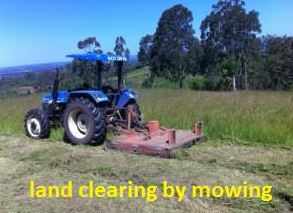
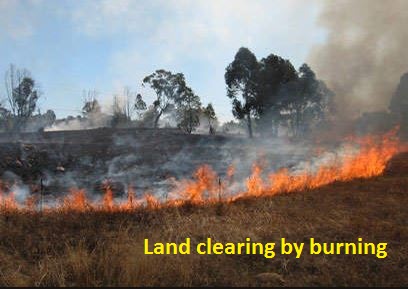
(b) Digging or ploughing
If the plot is small, human labour is used but if it is a big piece of land, an ox-plough or tractor can be used for ploughing.
Ploughing is done in order to:
• uproot and kill the weeds
• expose and kill some crop pests that may be in the previous crop remains or on the weeds
• make the soil loose by breaking the hard land to allow plant roots to easily penetrate the land.
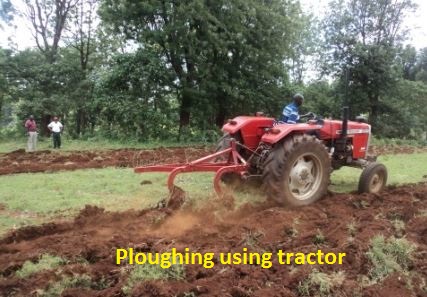
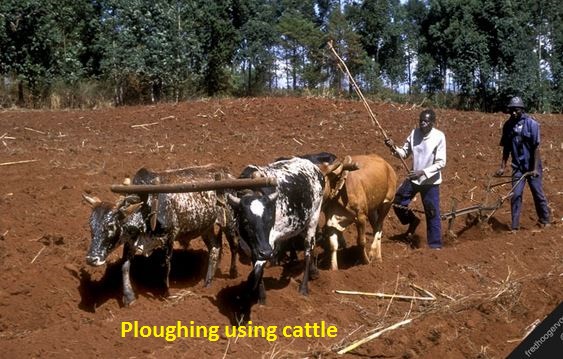
Plants must be protected from being damaged by animals.
To do this we should put a fence around the plot to avoid crop damage.
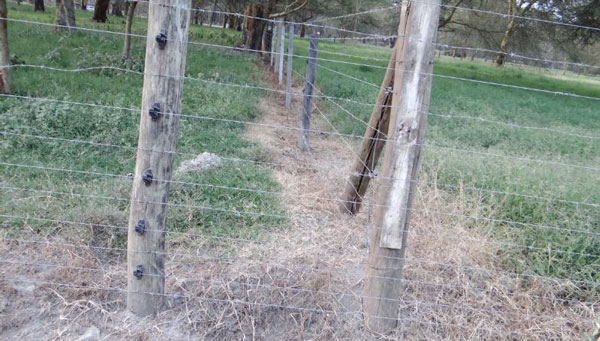
After land preparation, the seeds and other planting materials are planted.
Types of planting materials include;
Seeds,
Cuttings (for example, sugar cane and kales),

Tubers (irish potato),
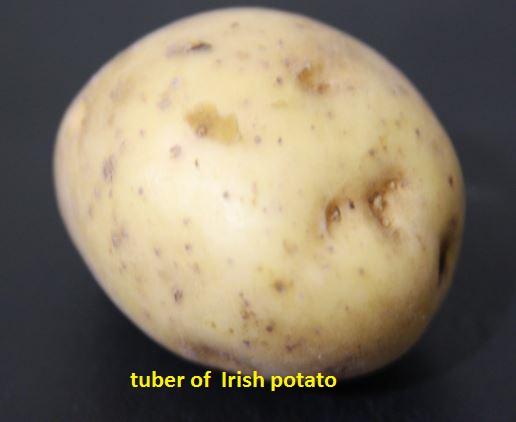
Rhizomes (grasses),

Suckers (banana and sisal)
Splits (pyrethrum)

Once we have planted, the plants should be watered.
Watering of plants can be done using a watering can if the plot is small or pipes and sprinklers if the piece of land is big.
In the absence of water, plants will die.
However, too much water is bad for plants.
Flooding is one way which kills plants, because the plants are submerged and they cannot breathe.
We must therefore drain flooded water away from our plots.
However, plants like arrowroots and rice need too much water.
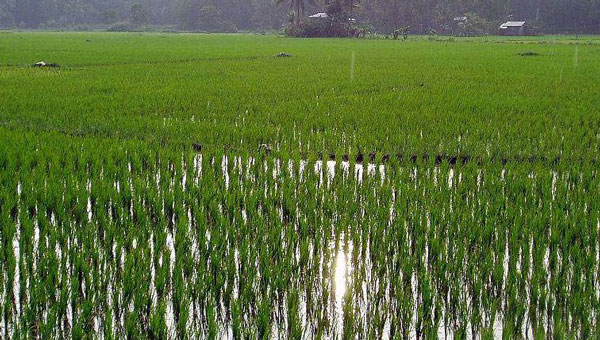
Some unwanted plants that absorb the soil nutrients meant for our crops are called weeds.
Some of the weeds found in the locality are:
• Wandering jew
• Pig weed
• Oxalis
• Black jack
• Mexican marigold
• Sodom apple
Examples of weeds
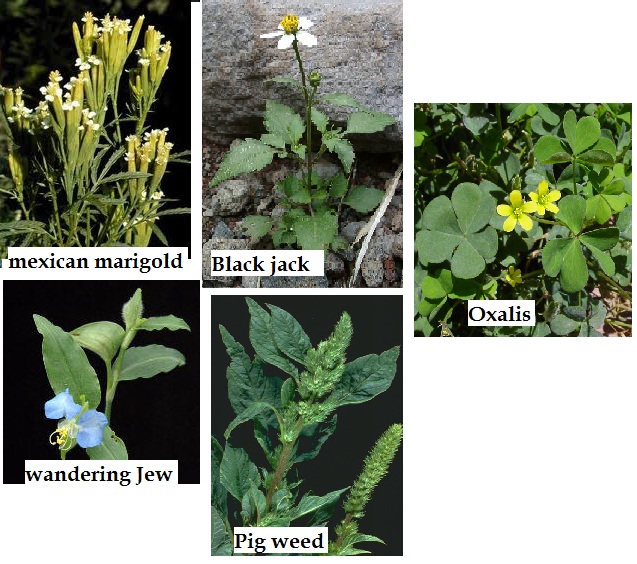
Weeds are bad because:
1. They use the same nutrients and water that crops need.
Therefore, they compete with the crops for nutrients, water and space.
2. Weeds may carry diseases and pests that may infect the crops.
Diseased crops will not produce as much yield as healthy crops.
3. When the seeds of the weeds are harvested together with the crops, the weeds lower the quality of the harvest leading to reduced financial gain or profit.
4. Weeds are expensive to control.
This is in terms of chemicals (herbicides) to be bought to control them, the amount of labour to weed and also the time needed to weed.
5. Some weeds are poisonous and could lead to health problems to the labourers who weed, the farmer and even the farmer’s livestock.
(a) Uprooting them (pulling them out by hand)
(b) Digging them out
(c) Cutting or slashing them
(d) Using chemicals to kill the weeds
Jembe or hoe: Digging soft ground and weeding.
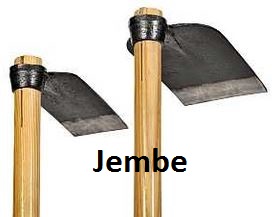
Forked jembe: Weeding and digging hard ground.

Garden fork: Lifting manure and hay and sometimes uprooting seedlings and weeding.

Rake: Gathering or collecting trash or rubbish and levelling seed beds.
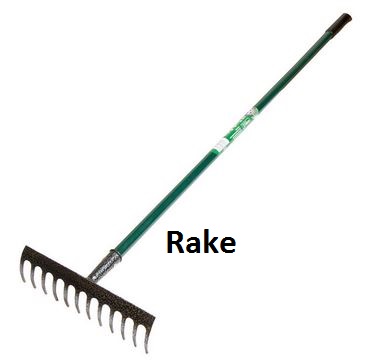
Wheelbarrow: Carrying loads.

Axe: Cutting down trees when clearing bushes.

Bucket: Carrying water and fertilizers.

Sprayer: Applying pesticides to crops to eliminate pests

Shovel: Moving manure, fertilizer or loose soil.
Watering can: Watering of crops.
Sprinkler: Watering plants (irrigation).
Panga: Cutting small branches and stems, cutting weeds and clearing bushes. Also used in light cultivation.


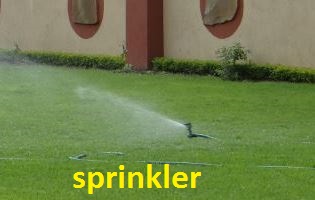
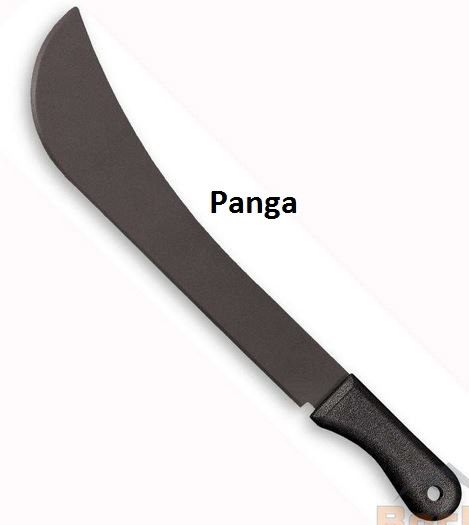
1. It is necessary for a farmer to control weeds during crop production because the weeds,
A. Form ground cover on the soil
B. Reduce crop yields
C. Are eaten by livestock
D. Produce many seeds
2. Which one of the following chemicals should a farmer use to control weeds in her wheat crop?
A. Acaricide B. Fungicide C. Insecticide D. Herbicide